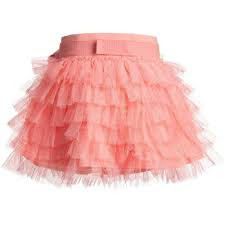What is ICE WATER in Spanish?

ICE WATER is not only cold but apparently also quite blue. Of course, ICE WATER is AGUA FRIA and also COLD WATER is AGUA FRIA. But then, when do we say COLD WATER and when do we say ICE WATER? In most cases it is OK to use the term COLD WATER; but if we mean water that contains ice cubes, we should say ICE WATER and not COLD WATER.













